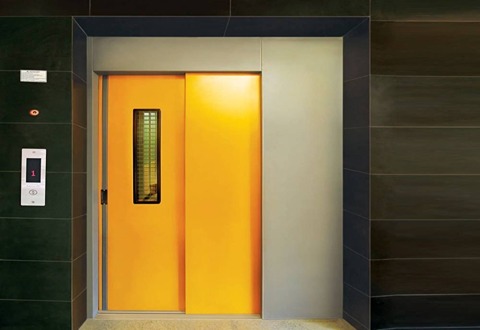Automatic elevator doors are not just a convenience but a fundamental component of modern vertical transportation systems. As buildings reach for the skies and urban spaces become more densely populated, the need for efficient and reliable elevator systems has never been more crucial.
In this comprehensive guide, we will delve into the world of automatic elevator doors, exploring their history, mechanics, benefits, and the latest technological advancements that are shaping the future of vertical transport.
History of Automatic Elevator Doors
The concept of automatic elevator doors dates back to the early 20th century, with the invention of the first electric elevator by German inventor Werner von Siemens.
Initially, elevator doors were manually operated, requiring a door operator to open and close them.
However, the development of automatic elevator doors revolutionized the industry, making vertical transport more efficient and safer for passengers.
Types of Automatic Elevator Doors
There are several types of automatic elevator doors commonly used in modern buildings.
Single-Speed Telescopic Doors
These doors consist of multiple panels that slide open horizontally to allow passengers to enter and exit the elevator.
Single-speed telescopic doors are commonly used in low to mid-rise buildings and offer a cost-effective solution for vertical transport.
Two-Speed Center Opening Doors
These doors are designed to split in the middle and open from the center outwards, creating a wide opening for passengers to enter and exit the elevator.
Two-speed center opening doors are typically used in high-rise buildings and provide a sleek and modern look to the elevator cab.
Glass Doors
Glass elevator doors are becoming increasingly popular in contemporary architecture, as they enhance the aesthetic appeal of the elevator cab and create a sense of openness and transparency.
Glass doors can be customized with various finishes and designs to complement the overall design theme of the building.
Folding Doors
Folding elevator doors are a space-saving solution that is commonly used in residential buildings and older structures with limited space.
These doors fold in on themselves to open and unfold to close, allowing for efficient use of space in the elevator shaft.
Safety Features of Automatic Elevator Doors
Ensuring passenger safety is paramount in the design and operation of automatic elevator doors.
To minimize the risk of accidents and injuries, automatic elevator doors are equipped with a range of safety features, including
Door Sensors
Sensors located around the perimeter of the door detect obstructions and prevent the doors from closing if an object or passenger is in the way.
This helps to avoid accidents and ensures the safety of passengers entering and exiting the elevator.
Reopening Mechanism
If an obstruction is detected during the closing process, the elevator doors will automatically reopen to prevent passengers from being trapped or injured.
This feature provides an added layer of safety and peace of mind for passengers using the elevator.
Emergency Stop Button
In the event of an emergency or malfunction, passengers can use the emergency stop button located inside the elevator to halt the operation of the doors and bring the elevator to a standstill.
This allows passengers to safely exit the elevator and seek assistance if needed.
Fire-Rated Doors
In buildings where fire safety is a priority, automatic elevator doors are often equipped with fire-rated materials that can withstand high temperatures and prevent the spread of fire between floors.

These doors are designed to provide a safe escape route for passengers during a fire emergency.



